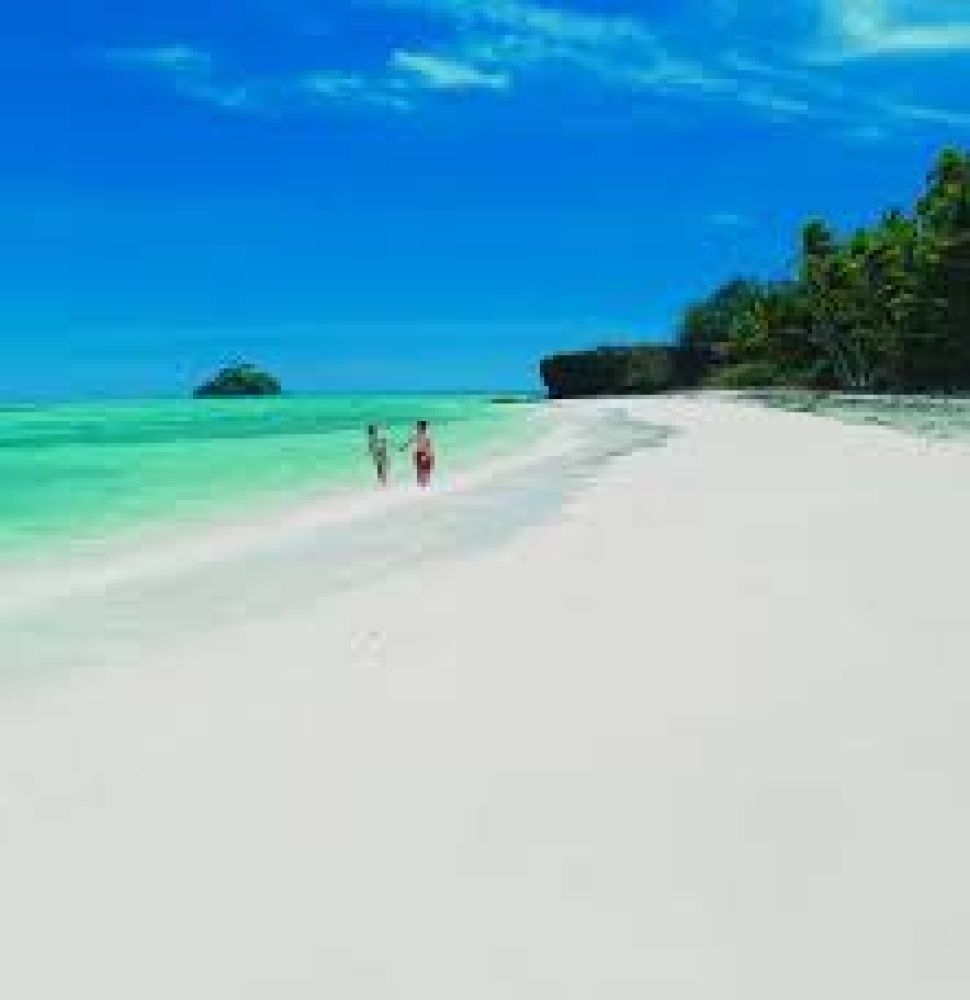

The history of tourism at the White Sands of Turtle Island, locally known as Koh Tao, dates back to the 1980s, when intrepid backpackers discovered the pristine island. As word spread about the island's stunning beaches and crystal-clear waters, more travelers began to arrive, looking for a slice of paradise in Thailand's gulf. In 1980, the first official dive shop opened, which marked the beginning of the island as a diving destination.
The 1990s saw a significant increase in popularity, thanks in part to improvements in transportation and infrastructure. By the early 2000s, Koh Tao had become known as a premier destination for both diving enthusiasts and those looking for a serene beach escape. Despite its growth in tourism, Turtle Island has managed to maintain a balance, preserving its natural beauty and sustaining its reputation as a peaceful retreat.
In recent years, Turtle Island has embraced eco-tourism, with an emphasis on sustainable practices that protect its delicate ecosystem. Many resorts now offer eco-friendly accommodations and promote conservation efforts, such as sea turtle hatchery programs and coral reef restoration projects.
The rise of wellness tourism has also found a home on Turtle Island, with numerous establishments offering wellness retreats, yoga classes, and holistic therapies that take advantage of the island's tranquil ambiance.
Another emerging trend is the interest in cultural experiences. Visitors are not only coming to the White Sands but are also engaging with the local community, learning about Thai customs, cuisine, and the traditional way of life in fishing villages.
The continuous enhancement of digital connectivity has led to an increase in the number of digital nomads choosing to work remotely from Turtle Island, drawn by its idyllic environment and the availability of amenities catering to their needs.
With a growing reputation as a diverse destination capable of delivering a wide range of tourist experiences, the White Sands of Turtle Island continues to evolve, always remaining committed to preserving its natural beauty and providing a sustainable, high-quality experience for all visitors.